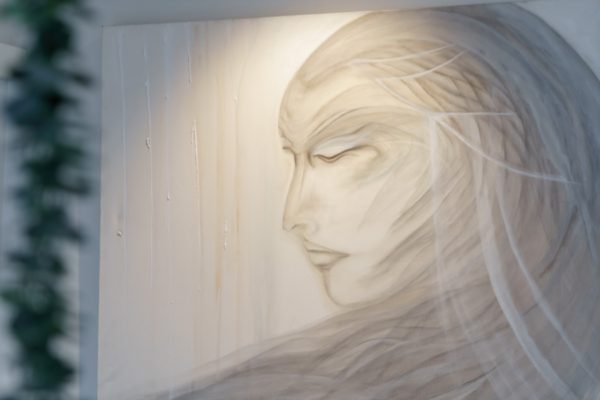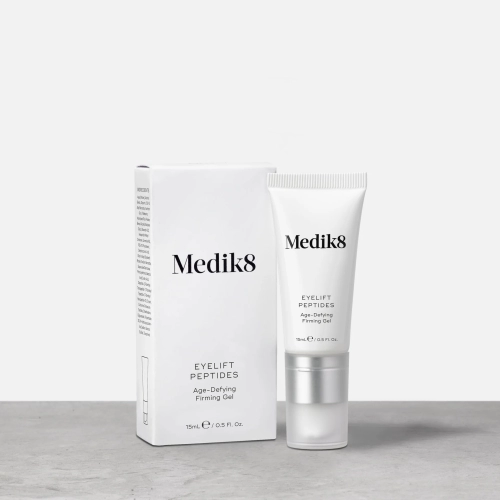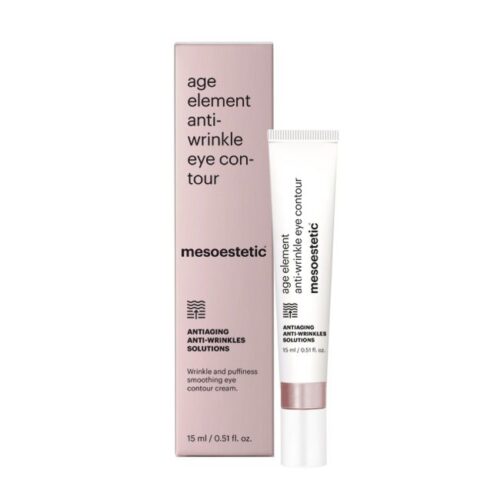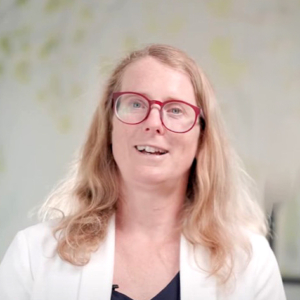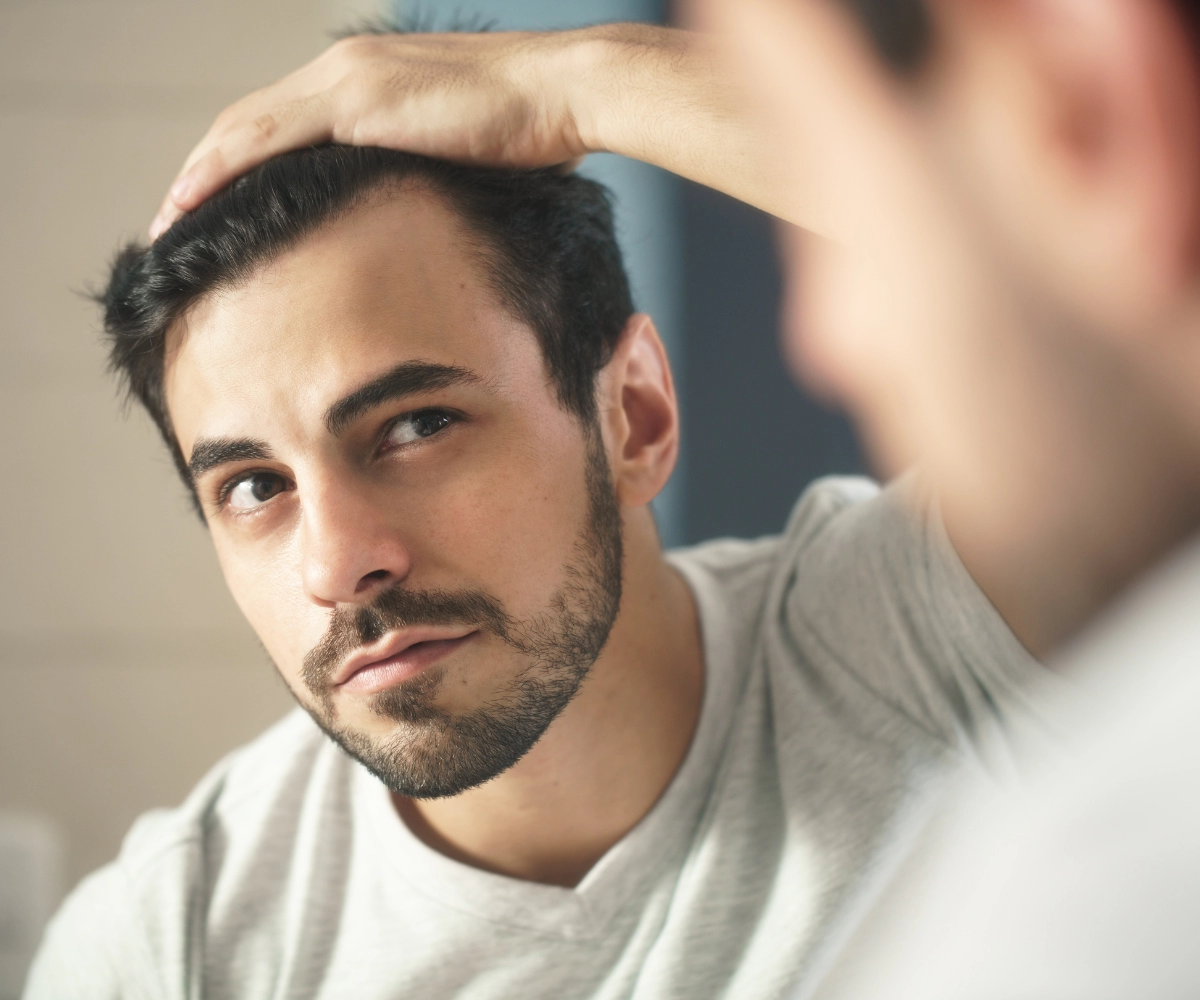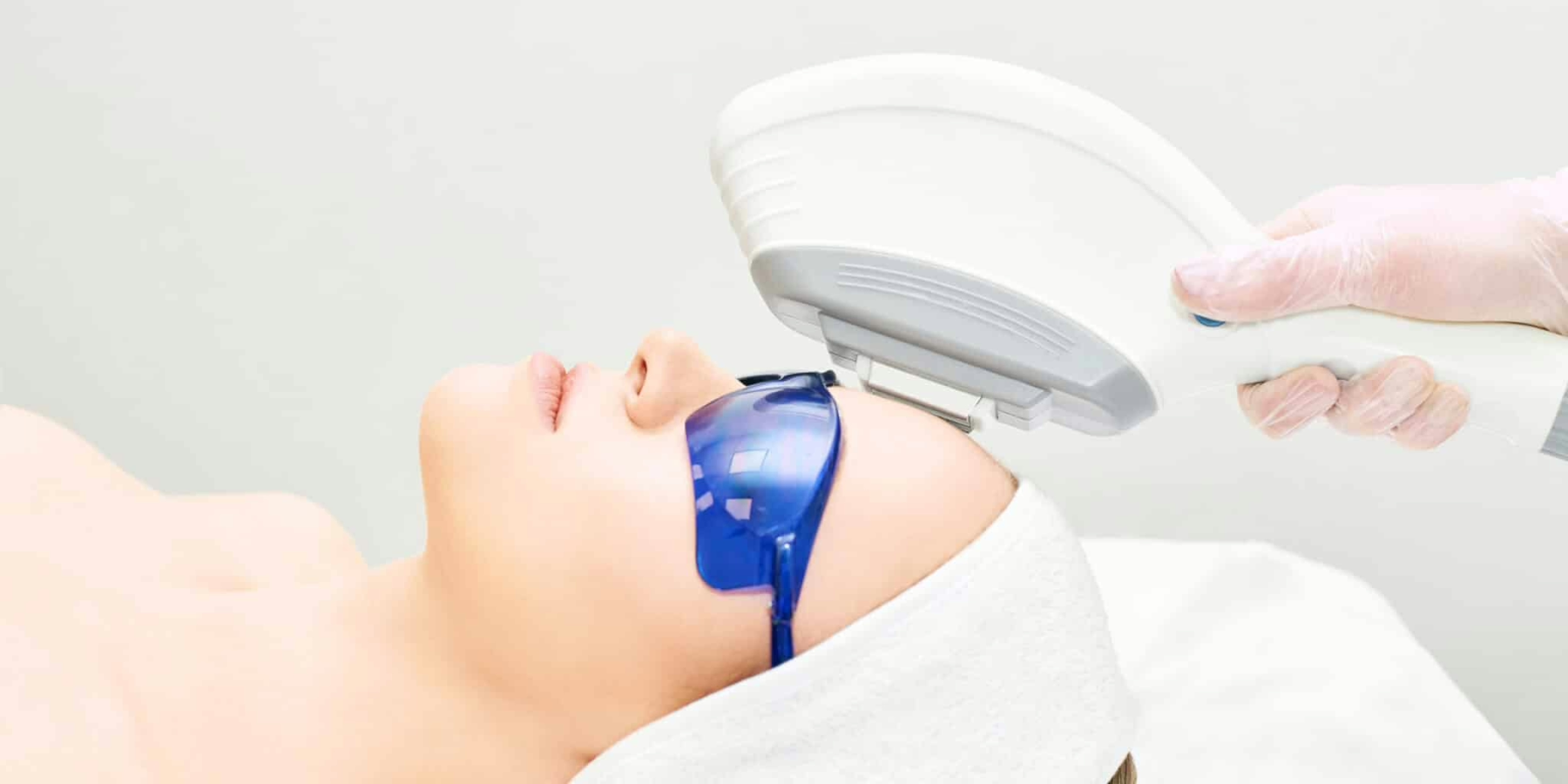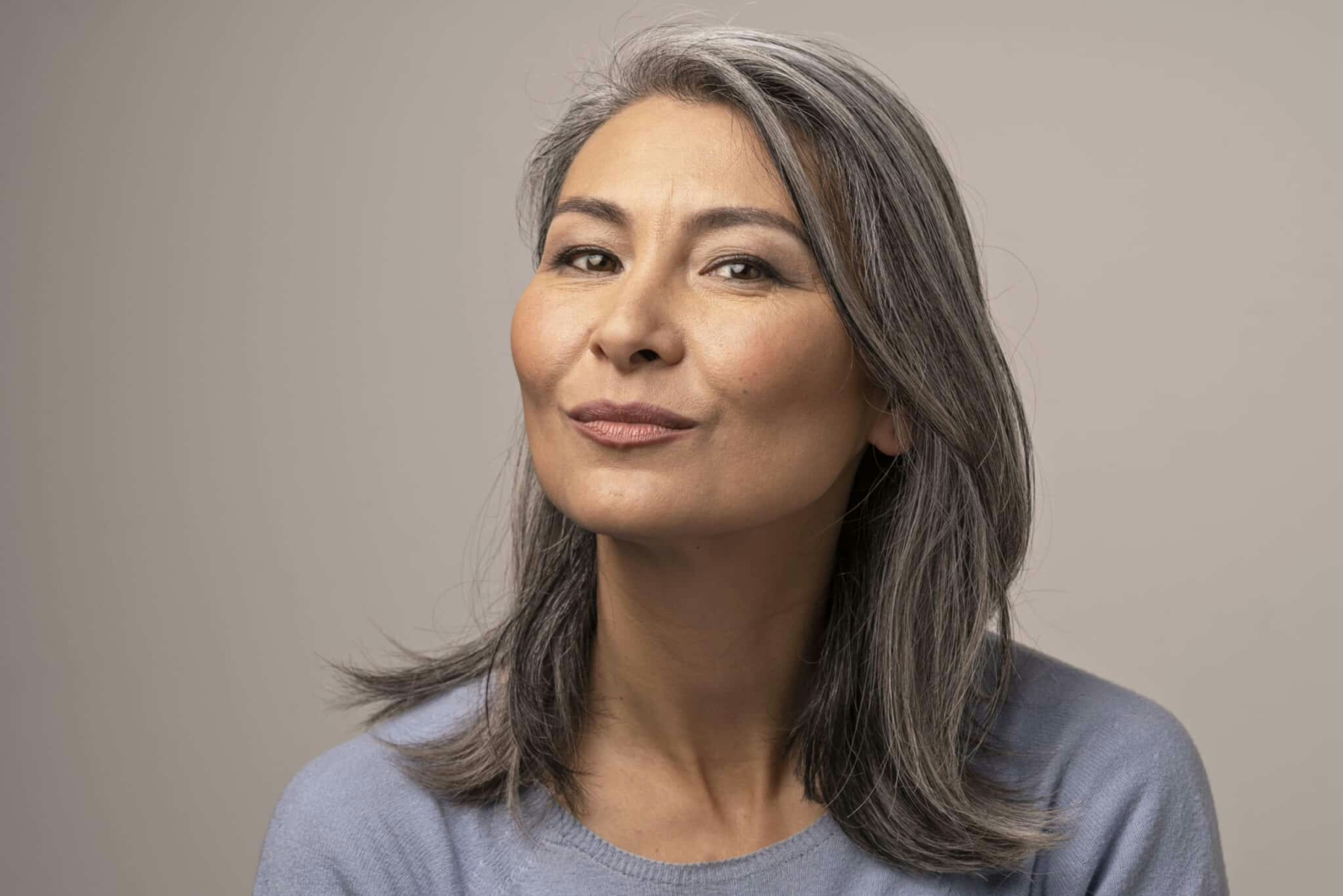Say Goodbye to Crow’s Feet With Botox
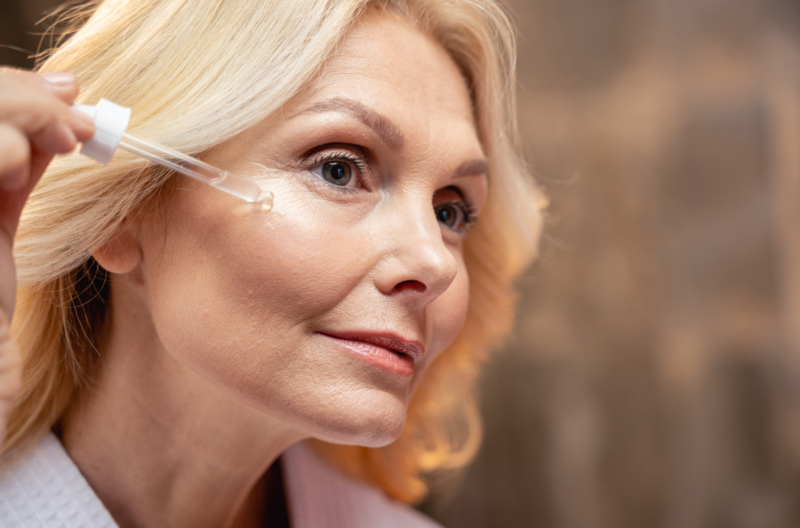
As we age, exposure to the sun and pollution can cause wrinkles and fine lines to form on our skin. Typically, wrinkles appear around the eyes, creating fan-like patterns known as crow’s feet. Regular squinting and smiling can further enhance the appearance of these lines.
Thankfully, there are numerous anti-aging options to choose from nowadays. Among the most effective treatments is a non-invasive procedure called Crow’s Feet Botox. Before undergoing this treatment, it is essential to gather information and understand the process thoroughly.
What causes crow’s feet?
Exposure to the sun and pollution can contribute to the formation of wrinkles and fine lines on the skin as we age. Specifically, wrinkles appear first around the eyes, forming fan-like patterns known as crow’s feet. Regular squinting and smiling can further enhance the appearance of these lines.
Crow’s feet are a common occurrence as we grow older. The muscles surrounding the eyes weaken with age, leading to the deepening of these wrinkles over time. Additionally, a decrease in collagen and elastin in the skin also plays a significant role in developing crow’s feet. Sun exposure can accelerate the formation of more prominent wrinkles and fine lines.
Fortunately, there are various anti-aging options available today, and one of the most effective treatments is Botox. Botox is a non-invasive procedure that can help reduce the appearance of crow’s feet and other wrinkles. However, before considering Botox, it is essential to gather information and understand the process thoroughly.
By understanding the causes of crow’s feet and exploring treatment options like Botox, you can make informed decisions about your skincare and anti-aging routines.
Can volume loss in my face cause crow’s feet?
Volume loss is not a direct cause of crow’s feet, but it can contribute to their appearance. As we age, we naturally lose volume in our face, including the area around our eyes. This volume loss can lead to the skin becoming thinner and more prone to developing wrinkles, including crow’s feet.
However, volume loss alone is not enough to cause crow’s feet.
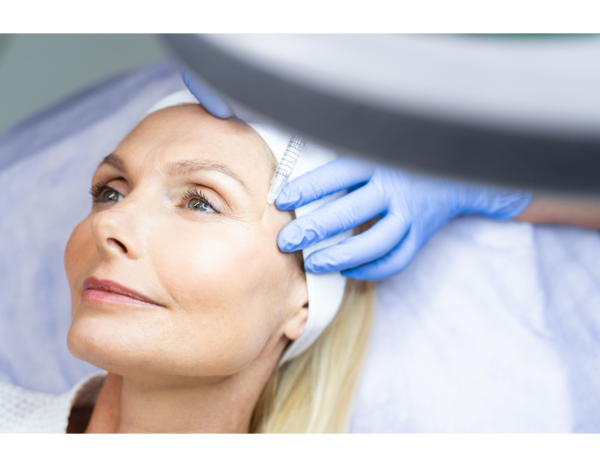
Do You Always Need To Treat Crows Feet?
Some people may not want to eliminate the crow’s feet because they are laughter or happy lines. Because of that reason, you must tell your injector how far you want to go with your treatment.
To make your happy lines smoother, your injector will give you less Botox. Compared to that, you may require a higher dose to eliminate your crow’s feet.
Dr Nadja Haub says
Many people call their crow’s feet the happy lines or laugh lines. Not everybody wants them treated. This is in stark contrast to the frown lines, which everybody calls the grumpy lines. I have never encountered a person who does not want to eliminate them.
What is Crow’s Feet Botox?
Botox is a medication that requires a prescription, and its administration is limited to muscle injections. As we get older, the muscles in our faces undergo a process where they become shorter and less flexible, resulting in less space for the skin above them to stretch. Consequently, the skin develops more wrinkles.
Botox works by relaxing the muscles at the injection site, making them less rigid and slightly elongated. As a result, the lines and creases on the skin above those muscles become less pronounced and smoother.
Botox is a highly sought-after and successful remedy for crow’s feet, with its popularity continually on the rise. Google’s data reveals that many New Zealanders are looking up Botox. As per stuff.co.nz, over 130,000 New Zealanders conducted searches for cosmetic procedures on Google and Realself.com in 2020.
Does Botox Help Prevent Crows Feet?
Indeed, Botox can aid in warding off crow’s feet to a certain extent. But what you need to keep in mind is that Botox only relaxes the tiny muscles close to the eyes. It does not treat the skin.
As we age, our skin becomes less elastic and thinner. This process can cause wrinkles, especially around the eyes, where the skin is more delicate.
Consequently, it’s crucial to care for the sensitive skin surrounding the eyes to avoid and address crow’s feet.
Can my crow’s feet worsen if I use Botox for too long?
No. Your crow’s feet will not get worse. It truly is the opposite.
Many people use Botox injections for crow’s feet and find that the longer they use it, the less they need it. But this truly depends on how well you look after the skin close to the eyes. Thin and fragile skin is another leading cause of wrinkles. So, if signs of skin aging are causing your wrinkles, using Crow’s Feet Botox alone won’t make enough difference anymore.
This often means that using only Botox without proper skin care can make treating wrinkles around your eyes more difficult.

Does The Treatment Hurt?
Some people assume that Botox is a painful procedure for crow’s feet. But it is nothing like that.
Most people notice only mild discomfort during the treatment. If you’re worried about Botox or needles, your doctor can numb your skin with a mild cream before the procedure. Most doctors also use ice packs to prevent bruising. Most people can go back to work or to whatever the rest of the day entails.
Can you get eye bags with Crows Feet Botox?
Rarely a tiny amount of Botox can spread into the area under the eyes. This can relax the muscles under the eyes that hold the skin in place. Because of that, the skin can become more lax and cause eye bags.
Saying that, many people, especially women, have Botox under the eyes to reduce dynamic wrinkles without any problems. Most people who get eye bags after Botox struggle with puffy eyes, and the treatment worsens it. So, if you get puffy eyes, it is essential to talk to your injector about it.
To avoid eye bags, your injector might use a less spreading Botox like Xeomin or a stronger concentration of Botox. This helps prevent spreading it into other facial muscles.
Is Cosmetic Surgery An Option for Crow’s Feet?
Plastic surgeons can do a blepharoplasty to reduce sagging skin on the eyelid. This often also improves crow’s feet.
How long do the effects of the treatment last?
The effects of Botox on crow’s feet typically last for about 3 to 4 months. However, the duration can vary from person to person. Some people may experience longer-lasting results, while others may find that the effects wear off sooner. Botox doesn’t permanently fix crow’s feet. You need regular treatments to keep the desired results.
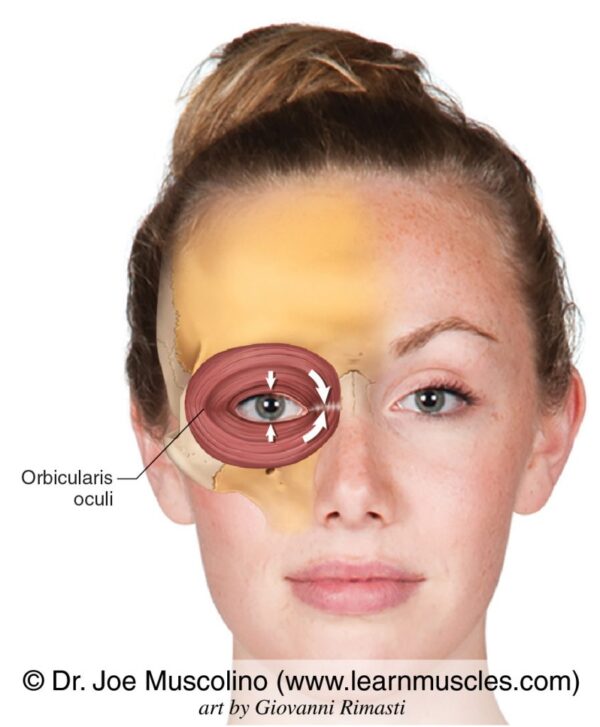
What Eye Creams Help With Fine Lines And Wrinkles In The Eye Area?
Here are some ingredients to look for in eye creams that can help with fine lines and wrinkles in the eye area:
Retinols
are a must-have for any woman above the age of 35. This vitamin A boosts collagen production and cell turnover, reducing wrinkles.
Peptides
are short chains of amino acids. They are tiny molecules that can send signals between cells. When used around the eye area, they can make the skin more elastic and firm. This helps to reduce the look of wrinkles and fine lines.
Hyaluronic Acid
is one of the most powerful hydrators of the skin. It hydrates and plumps the skin, reducing wrinkles.
Vitamin C
is an antioxidant that can make skin brighter and boost collagen production, reducing fine lines and wrinkles.
Niacinamide
is a type of vitamin B3 that can make skin more elastic and lessen wrinkles.
Chemical peels and regular facials can also smooth lines close to the eyes.
Here are a few examples of high-quality eye creams:
-
Special
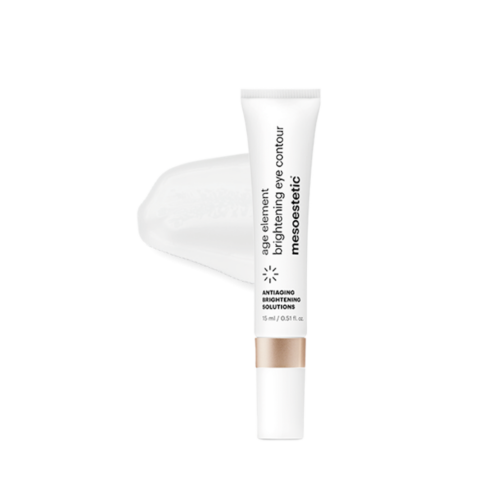
Mesoestetic Age Element Brightening Eye Contour
$112.00Original price was: $112.00.$91.00Current price is: $91.00.
Can you treat other areas of the face with Botox?
Yes, Botox is FDA-approved to treat wrinkles close to the eyes, in between the eyebrows and the forehead. But people also like to use Botox for facial wrinkles in other areas of the face. Popular but not FDA-approved treatments are the masseter muscle and the upper lip.
Meet Dr Nadja Haub at Satini Cosmetic Clinic for the Treatment of your Crow’s Feet
To reduce eye wrinkles, see Dr. Nadja Haub at Satini Cosmetic Clinic. Book a consultation to address fine lines. She will assess your overall health and guide you on various choices to maintain youthful and healthy skin.
Dr Nadja Haub has years of experience performing injectable cosmetic procedures. You can book a complimentary consultation with her to learn more about Botox.
